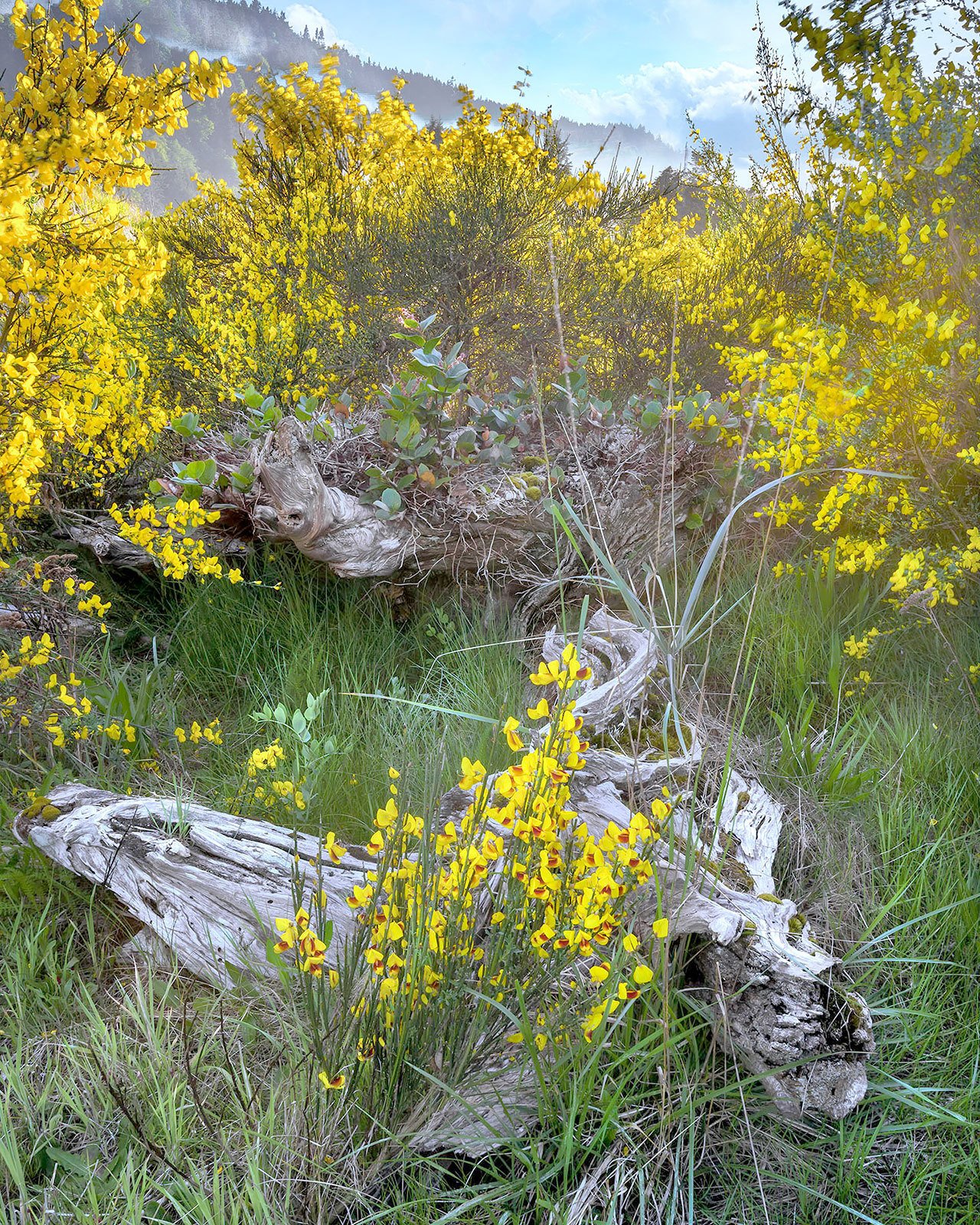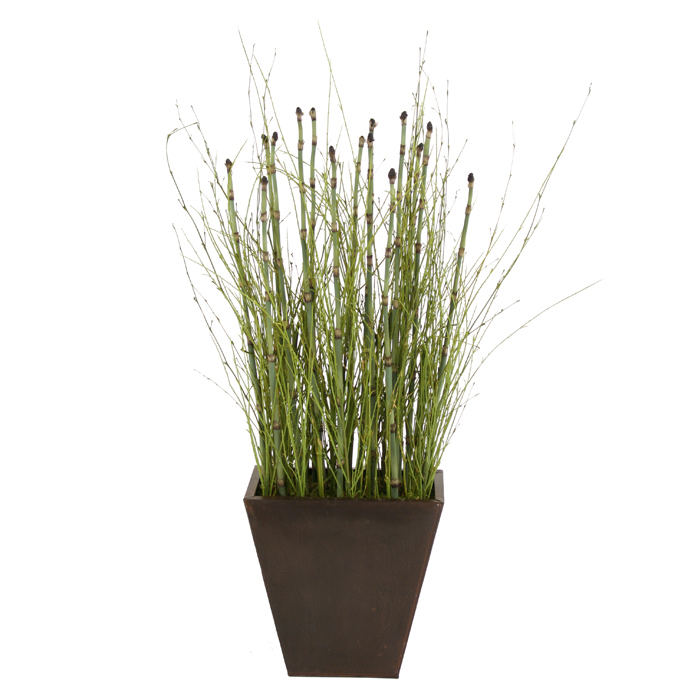How To Get Rid Of Scotch Broom In
Scotch broom is an invasive species that can be found in many parts of the world. It is a fast-growing shrub that can quickly take over an area, crowding out native plants and animals. Scotch broom also produces a large number of seeds that can remain viable in the soil for many years, making it difficult to control.
There are a number of ways to get rid of Scotch broom, but the most effective method will vary depending on the size and location of the infestation. Some common methods include:
- Cutting: Cutting Scotch broom to the ground can help to slow its spread, but it will not kill the plant. The roots will remain alive and will eventually produce new growth.
- Herbicides: There are a number of herbicides that can be effective in killing Scotch broom. However, it is important to use herbicides carefully, as they can also harm other plants.
- Mowing: Mowing Scotch broom can help to control its spread, but it is not an effective way to kill the plant. The mower blades may not be able to reach the roots, and the plant will eventually regrow.
- Pulling: Pulling Scotch broom by hand can be an effective way to remove small infestations. Be sure to get all of the roots, as even a small piece of root left behind can produce new growth.
- Bagging: Bagging Scotch broom can help to prevent the spread of seeds. After pulling or cutting the plant, place it in a bag and seal it tightly. Dispose of the bag in a landfill or incinerator.
If you are dealing with a large infestation of Scotch broom, you may need to use a combination of methods to control it. It is also important to be patient, as it may take several years to completely get rid of the plant.
Here are some additional tips for getting rid of Scotch broom:
- Start by removing as much of the plant as possible by cutting, pulling, or mowing.
- Apply herbicide to the cut stumps or remaining roots. Be sure to follow the directions on the herbicide label.
- Monitor the area for new growth and repeat the treatment as needed.
- Consider planting native plants in the area to help prevent Scotch broom from re-invading.
Getting rid of Scotch broom can be a challenge, but it is important to do so. The plant can have a negative impact on native plants and animals, and it can also pose a fire hazard. By following the tips above, you can help to control Scotch broom and protect your property.
Scotch broom is an invasive plant that can be found in many parts of the United States. It is a fast-growing shrub that can reach up to 10 feet tall and has bright yellow flowers. Scotch broom is known to displace native plants and can cause a number of problems, including:
- Reduced wildlife habitat: Scotch broom forms dense stands that can crowd out native plants, making it difficult for wildlife to find food and shelter.
- Increased fire risk: Scotch broom is a fire hazard, as its dense branches can easily catch fire.
- Damage to infrastructure: Scotch broom can damage roads, sidewalks, and other infrastructure by growing over them.
If you see scotch broom on your property, it is important to remove it as soon as possible. There are a number of ways to control scotch broom, including:
- Manual removal: Scotch broom can be removed by hand by cutting it down and digging up the roots.
- Chemical control: There are a number of herbicides that can be used to kill scotch broom.
- Biocontrol: There are a number of insects and other organisms that can be used to control scotch broom.
For more information about scotch broom, please visit Home Gardening.
FAQ of scotch broom
- What is scotch broom?
- Scotch broom is a non-native invasive plant that is native to Europe and Asia. It is a fast-growing shrub that can reach up to 10 feet tall. It has yellow flowers that bloom in the spring and summer.
- Why is scotch broom considered an invasive species?
- Scotch broom is considered an invasive species because it can outcompete native plants for resources, such as water and sunlight. It can also form dense thickets that make it difficult for other plants to grow.
- How can I control scotch broom?
- There are a few different ways to control scotch broom. One way is to hand-pull the plants. This is a labor-intensive process, but it is effective for small infestations. Another way to control scotch broom is to use herbicides. There are a number of different herbicides that can be used, but it is important to choose one that is labeled for use on scotch broom.
- What are the environmental impacts of scotch broom?
- Scotch broom can have a number of negative environmental impacts. It can displace native plants, which can disrupt food webs and lead to the loss of biodiversity. Scotch broom can also increase the risk of fire, as it is a highly flammable plant.
- How can I prevent scotch broom from spreading?
- There are a few things you can do to prevent scotch broom from spreading. One way is to remove any plants that you see growing in your yard or along roadsides. You can also prevent scotch broom from spreading by not planting it in your garden.
Image of scotch broom
10 different images of scotch broom that are free to use:
- Scotch broom in bloom. This image shows a large bush of scotch broom in full bloom. The flowers are a bright yellow color and are clustered together in long spikes.
- Scotch broom in the forest. This image shows a patch of scotch broom growing in a forest. The bushy plants are covered in bright yellow flowers, which contrast beautifully with the dark green leaves of the surrounding trees.

- Scotch broom in a meadow. This image shows a field of scotch broom in full bloom. The bright yellow flowers cover the ground in a blanket of color.

- Close-up of scotch broom flowers. This image shows a close-up of the flowers of scotch broom. The flowers are a bright yellow color and have a slightly fuzzy texture.

- Scotch broom pods. This image shows the pods of scotch broom. The pods are brown and contain the seeds of the plant.

- Scotch broom seeds. This image shows the seeds of scotch broom. The seeds are small and black.

- Scotch broom growing on a hillside. This image shows a hillside covered in scotch broom. The bright yellow flowers of the plant contrast beautifully with the green grass of the hillside.

- Scotch broom in a garden. This image shows a patch of scotch broom growing in a garden. The bright yellow flowers of the plant add a touch of color to the garden.

- Scotch broom in a vase. This image shows a vase filled with scotch broom flowers. The bright yellow flowers add a touch of springtime to any room.

- Scotch broom in a wreath. This image shows a wreath made from scotch broom branches. The bright yellow branches of the plant add a touch of color and cheer to any door or wall.


Post a Comment for "How To Get Rid Of Scotch Broom In"